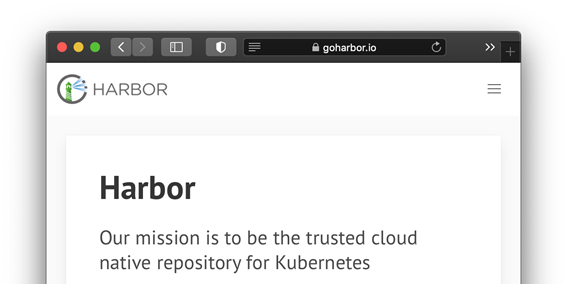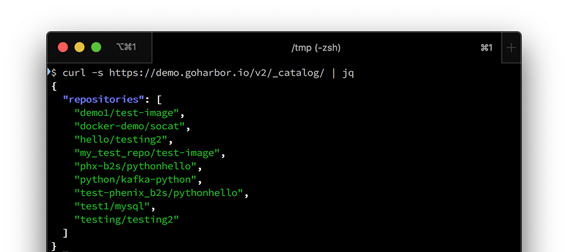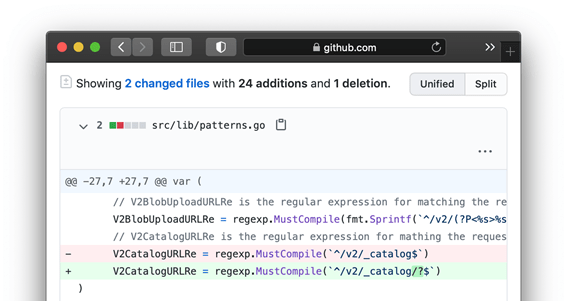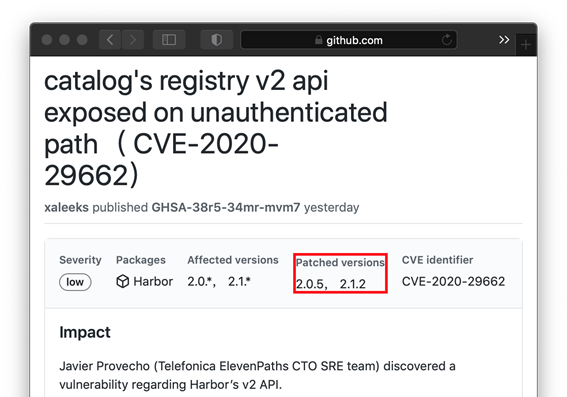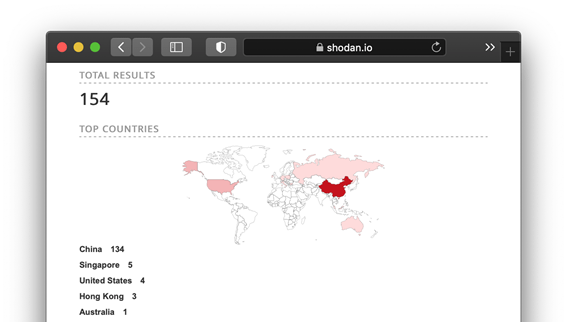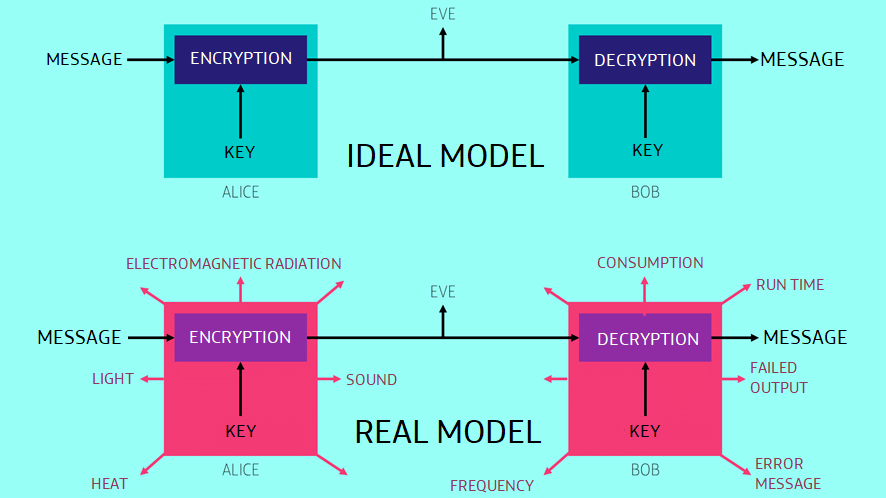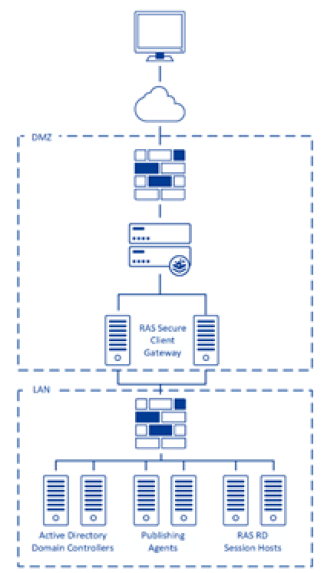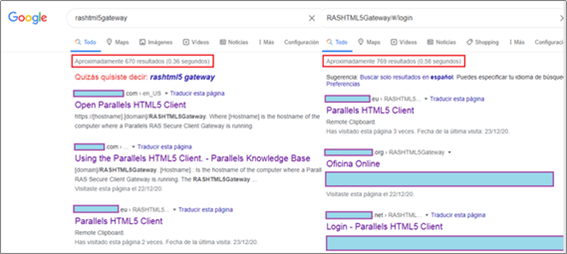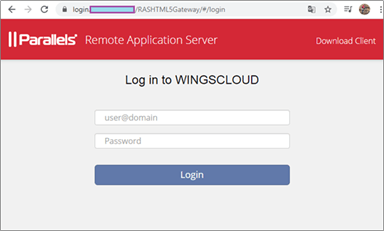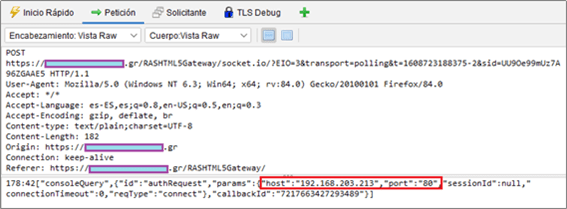In July 2020, the Spanish Data Protection Agency, following the entry into force of the European General Data Protection Regulation and several consultations with the European Data Protection Committee (EDPC), updated its user guide, giving website owners until 31 October 2020 to comply with it.
As a result of this new regulation, from TEGRA, the cyber security innovation centre promoted by ElevenPaths and Gradiant in Galicia, we decided to launch an investigation to analyse the use of cookies of the most visited websites in Spain after the regulation came into force in order to contrast its adequacy.
A month ago, we published on this blog the results of a piece of research on the use of cookies and a full report on it as well. During the course of the research and with the aim of being able to systematise the analysis and collection of cookies, we began to generate the foundations of what ended up becoming the Triki tool, which we will go into in more detail in this post and which has been released to the community on Github.
Triki allows automated navigation to a configurable set of websites and performs extraction of the cookies used and generates high-level statistics on the main characteristics of the cookies. It is strongly based on Selenium’s web browser automation capabilities.
To further facilitate more comprehensive analysis, Triki also provides an auxiliary script that allows all the information collected to be loaded into an SQLite database.
Following its release, we invite the readers of our research and of this post to check how their websites of interest manage cookies and whether or not they comply with the current legislation.
All the information about its use is included in the README of the tool in Telefónica’s Github. Still not convinced? We have prepared this video summary of its functionalities to help you take the plunge and try it out.
TEGRA cybersecurity centre is part of the joint research unit in cyber security IRMAS (Information Rights Management Advanced Systems), which is co-financed by the European Union, within the framework of the Galicia ERDF Operational Programme 2014-2020, to promote technological development, innovation and quality research.



